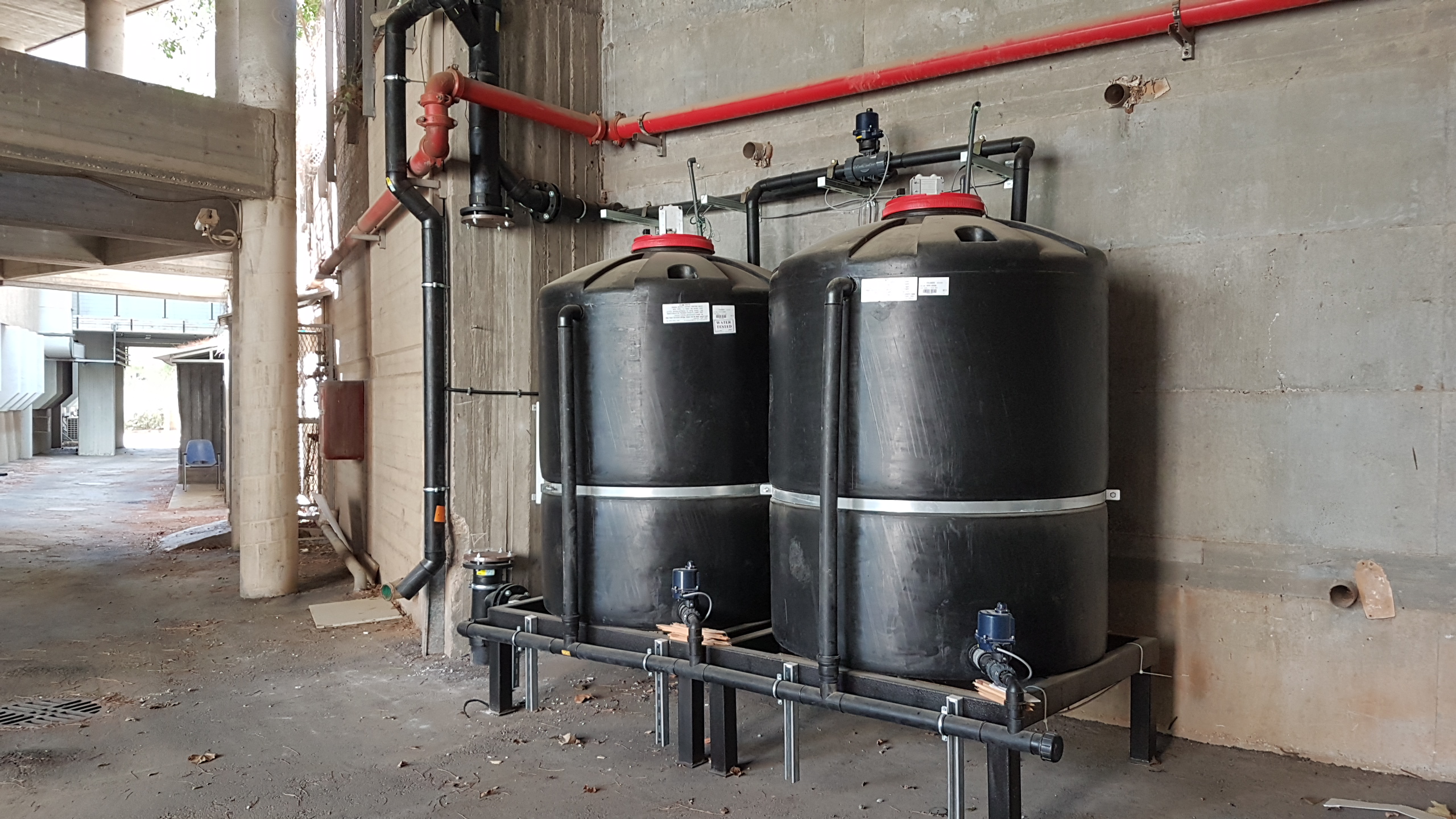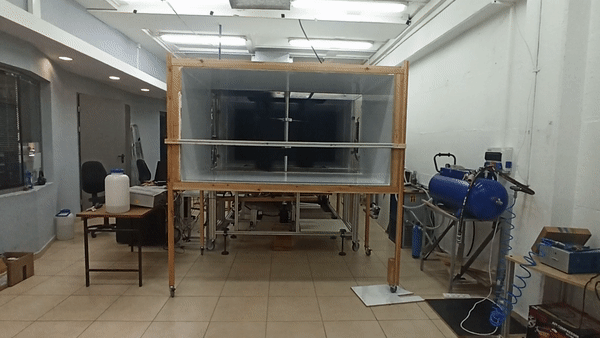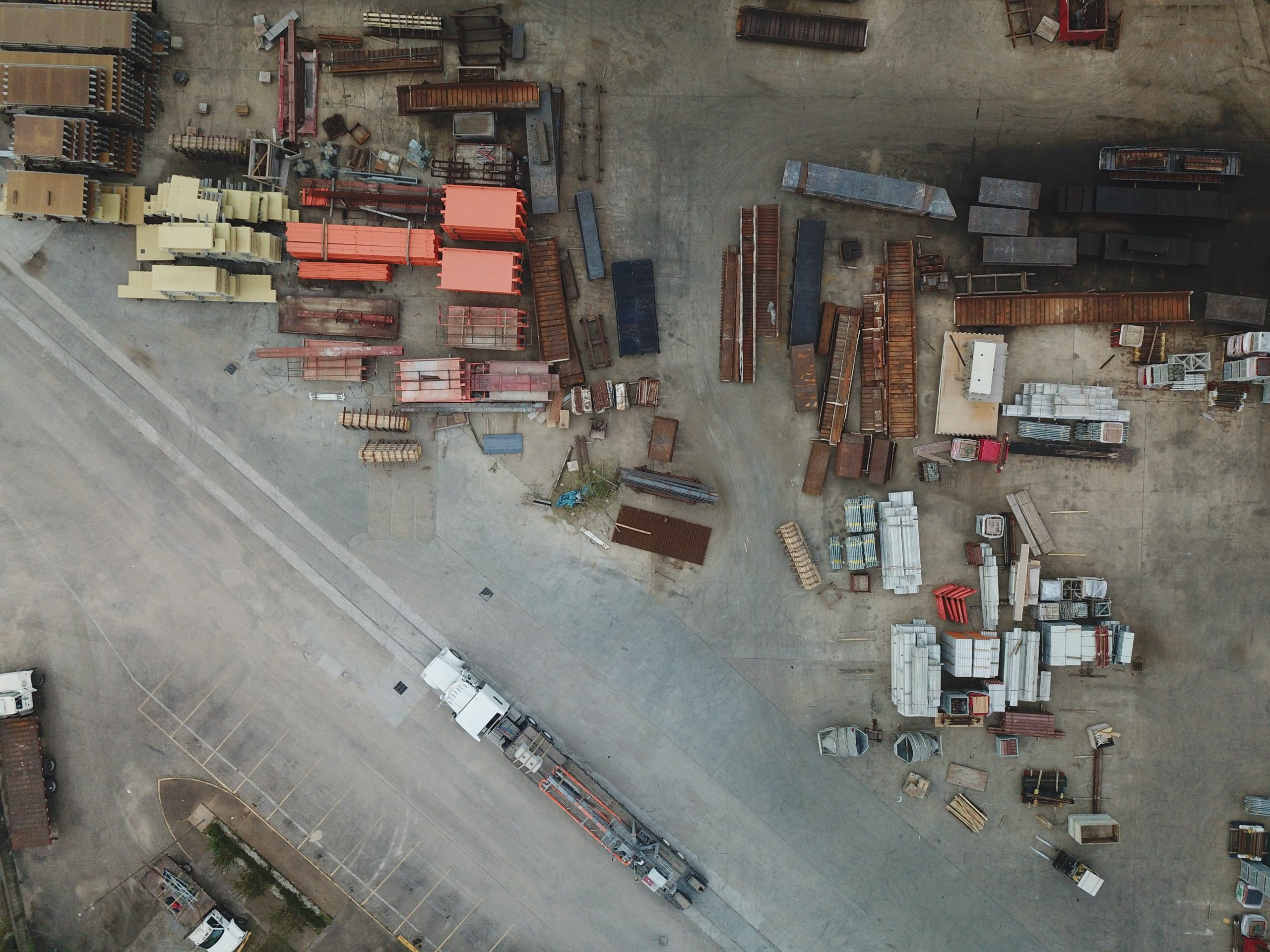From Oil Lamp to Light Pollution
December 21, 2019Chanukah is the Jewish festival of lights. Every year, in December, during the darkest time of the year, Jewish people around the world celebrate “the festival of lights” with the lighting of the Hanukkiah. But what does modern society actually associate with light?
No other holiday in the Jewish calendar places more importance on the symbol of light than Chanukah. During the eight-day celebration, each day is commemorated by the burning of an additional candle on the Hanukkiah until they are all lit together on the last day. The candles symbolize the miracle of the oil lamp, which burned for eight whole days despite having oil for only one, after the rededication of the Second Temple in Jerusalem during the Maccabean Revolt.
While the culinary aspect of Chanukah with the popular sufganiyot (fried doughnuts) and latkes (potato pancakes) takes up a more and more important role in the holiday, it’s most fundamental symbol remains: light.
Today, the idea of relying on a single oil lamp to light an apartment, let alone an entire temple, seems outlandish. Western society has gotten so used to the omnipresence of light and electricity that even a short power outage causes agitation, especially among city dwellers – Light is everywhere.
However, the perpetual absence of darkness can have serious implications for animals, humans, and the environment alike. Not to mention the loss of the romantic aspect of being able to see the night sky.

Implications of Light Pollution
Along with growing human development, rapidly increasing artificial light has substantially altered the night sky in many places around the world, obscuring views of the stars and the Milky Way.
Since the 1970s, satellite images are depicting the worldwide expansion of electric lighting on earth.
In 2001, scientists determined that 19% of the global land surface is subjected to light pollution. This has led to growing concerns over the effects of artificial light on ecological processes as well as human health.
With light being one of the most critical environmental factors, signaling essential “daily and seasonal changes in an organism’s environment,” light pollution might entail a plethora of different biological and ecological implications for wildlife. Potentially affected processes in animals include navigation, activity, and reproduction. Two of the most prominent cases of the effects of light pollution on wildlife are increased bird and turtle hatchling mortality on account of disorientation.
In addition, since the 1960s, studies have linked light pollution to several adverse health implications in humans, which emerge primarily due to the effects of artificial light on the circadian rhythm (an organism’s internal clock). This may lead to insomnia, depression, obesity, loss of night-vision, and low melatonin production. The latter might be connected to a heightened risk of breast cancer.

Light Pollution in Israel
According to Alon Rothschild, Biodiversity Policy Manager at the Society for the Protection of Nature in Israel (SPNI), light pollution in Israel is mainly driven by two factors, one of which is the country’s high population density. “We are a very densely populated country, and it’s hard to find any place in Israel that does not have infrastructure of some kind, even if it’s only an army base, a road, or a water pumping facility in the middle of nowhere,” he explains. Naturally, this fact is even further compounded by the country’s minuscule size.
While most of the artificial light is produced north of Beer Sheva, which sits at the northern tip of the Negev desert, a lesser degree of light pollution does also exist in the desert. “Light pollution in Israel keeps expanding all the time. Everything north of Beer Sheva is basically one big lit-up area. But even further south in the desert, there are army bases and prisons that light up the night sky and everything around them,” Rothschild says.
Another important element that exacerbates light pollution in Israel is security, which is one of the most crucial sectors of the Israeli economy. “It’s a traditional concept of many officers and commanders who work in the security field that light equals safety and that terrorists generally avoid infrastructure that is well-lit, Rothschild says.
However, according to Rothschild, today, this concept might be obsolete and even disadvantageous, as modern security measures rely more and more on technology, especially cameras. Modern cameras are much more sensitive to light than the human eye, so too much of it can be counterproductive for security.

Making Headway
Despite the continuous expansion of light pollution, there are ways and means to counteract this development, which in the case of Israel is currently happening. Teva Biz is a joint initiative of SPNI, the Ministry of Environmental Protection and the Nature and Parks Authority has developed a “Nature Protection Toolkit” for the business sector.
This kit offers businesses “advanced digital tools, guidelines, and solutions to minimize their negative ecological impact.” For this purpose, the initiative has worked out a protocol for the implementation of environmentally sound practices, including the prevention of light pollution, without harming the businesses.
Additionally, Teva Biz has been working with geographic information systems (GIS) in order to allow companies to receive extensive information on ecological diversity as well as the vulnerability of their operation sites. “Working with GIS, enabled us to point out to the companies where they have highly sensitive areas that justify more substantial measures, as opposed to less sensitive areas, where milder measures would suffice, Rothschild emphasizes.
Based on the results of the GIS analyzes, Teva Biz then helps the companies to implement specific action plans, for instance, the installation of warm-temperature lighting, which minimizes the negative effects on the environment.
Many times, measures to reduce light pollution in the business sector do not necessarily require large-scale strategies, but rather subtle adjustments that have considerable and long-lasting impacts.
“There are different ways to prevent light pollution, one of which is obviously proper planning to prevent the problem from emerging in the first place. However, we’ve been doing some really good work with a number of companies where we installed ‘cut off lighting.’” These are simple devices that direct all the light coming from a particular light source down to the ground instead of up into the sky, Rothschild concludes.
Besides its efforts in the business sector, Teva Biz is also collaborating with the Timna National Park, north of Eilat in southern Israel. Here, in the middle of the desert, the initiative is working to reduce light pollution in order to create nighttime activities for tourists, which might allow them to see the stars in all their glory once again, and maybe even the Milky Way.
This ZAVIT article was also published in The Jewish Journal on 12/19/2019.







